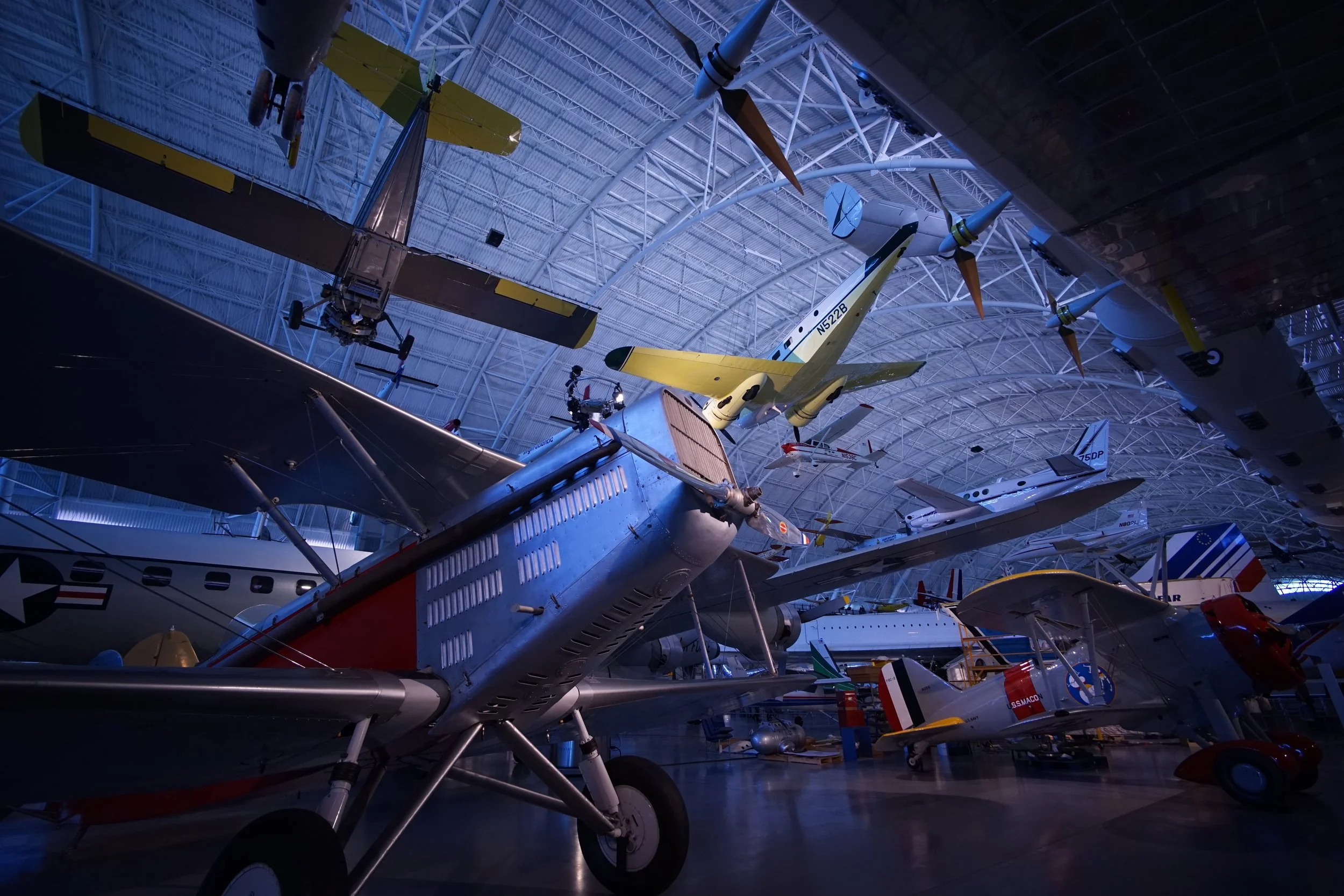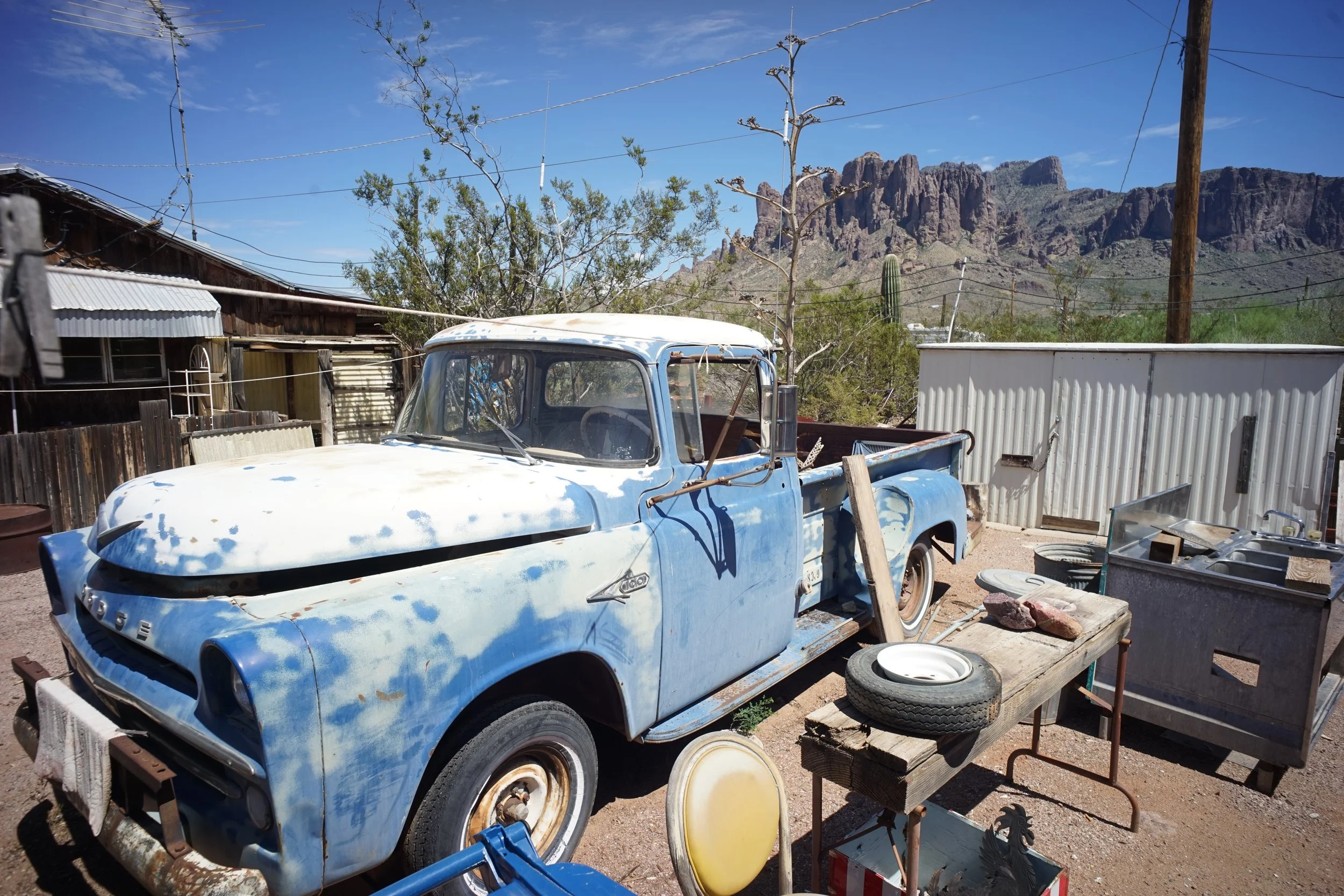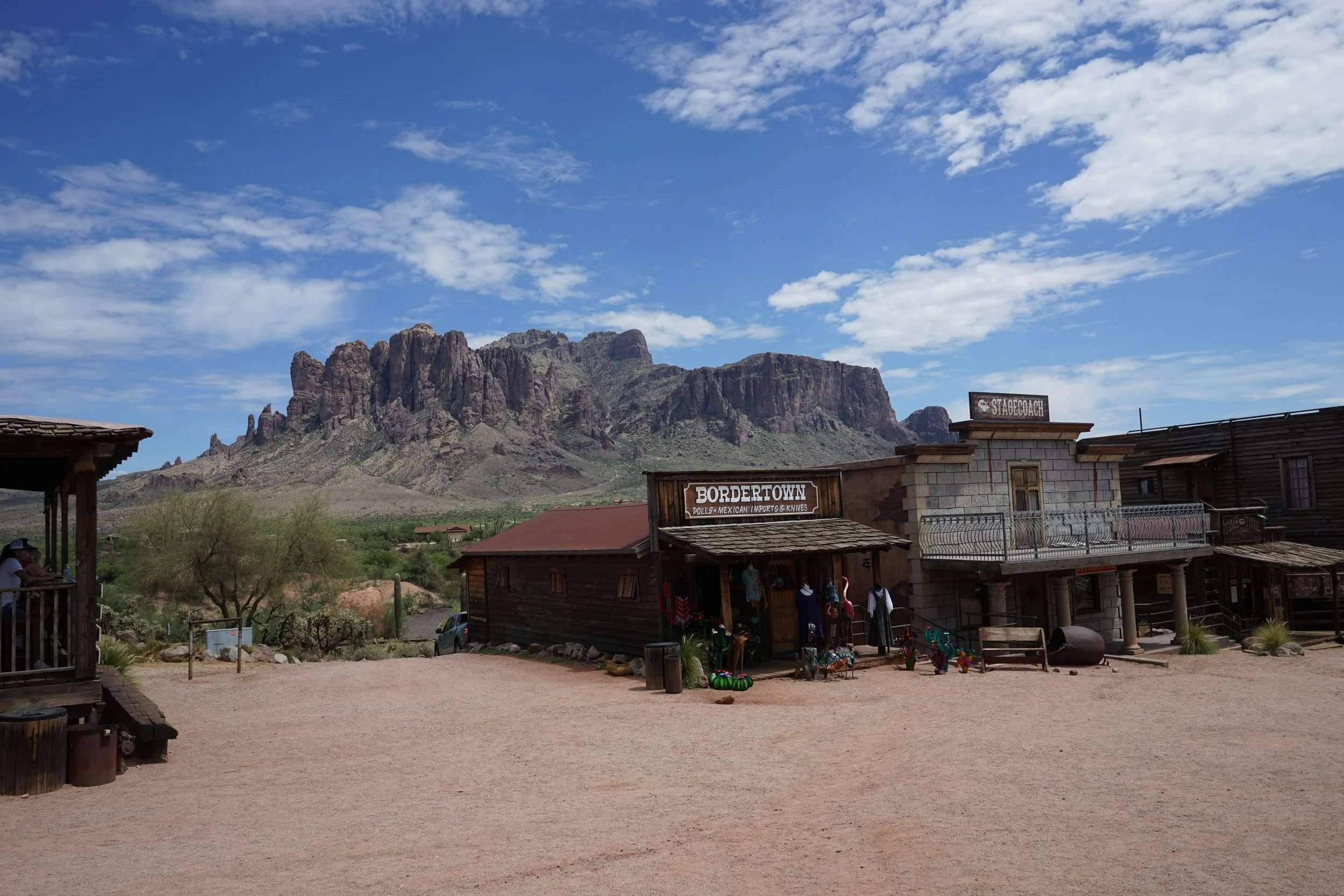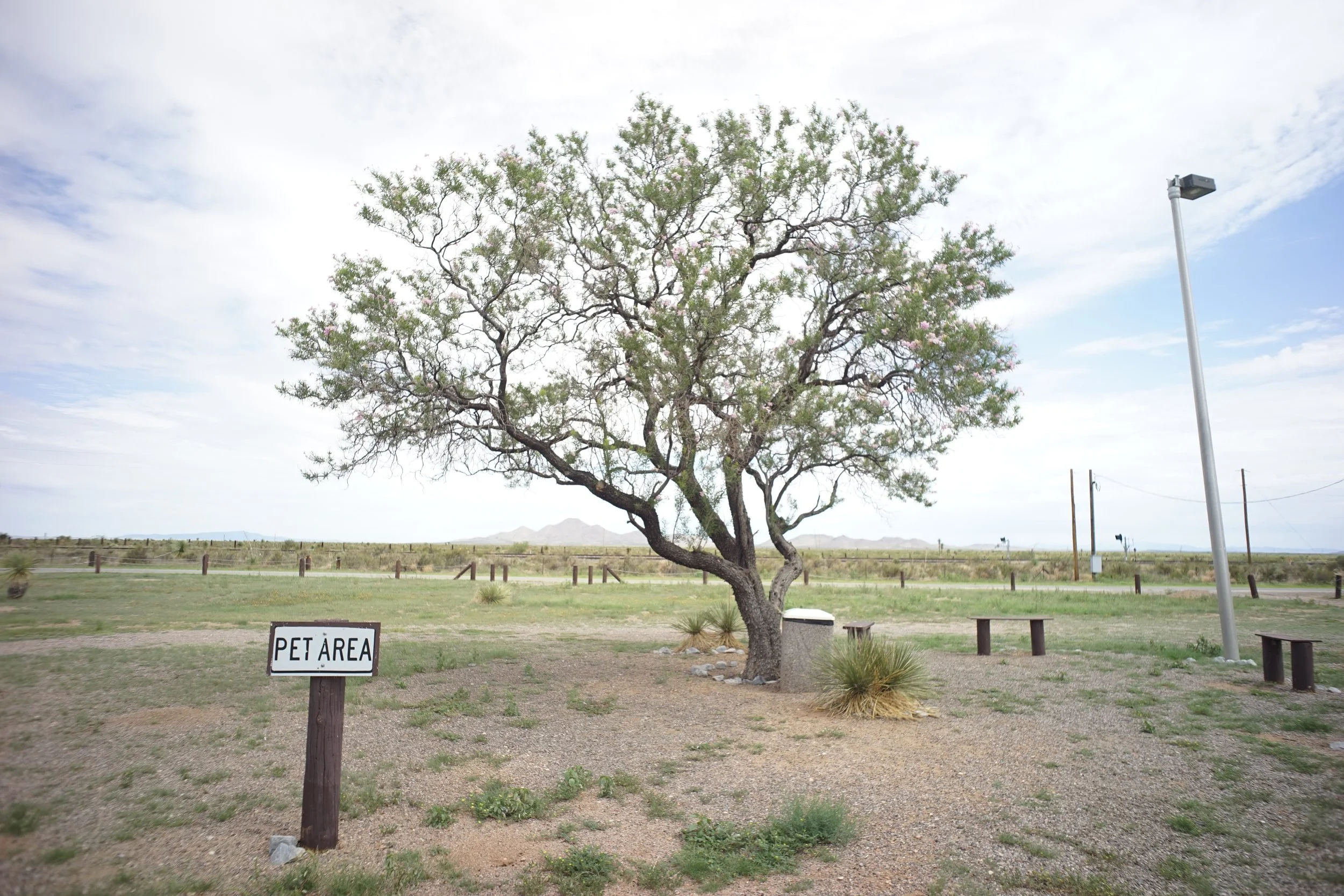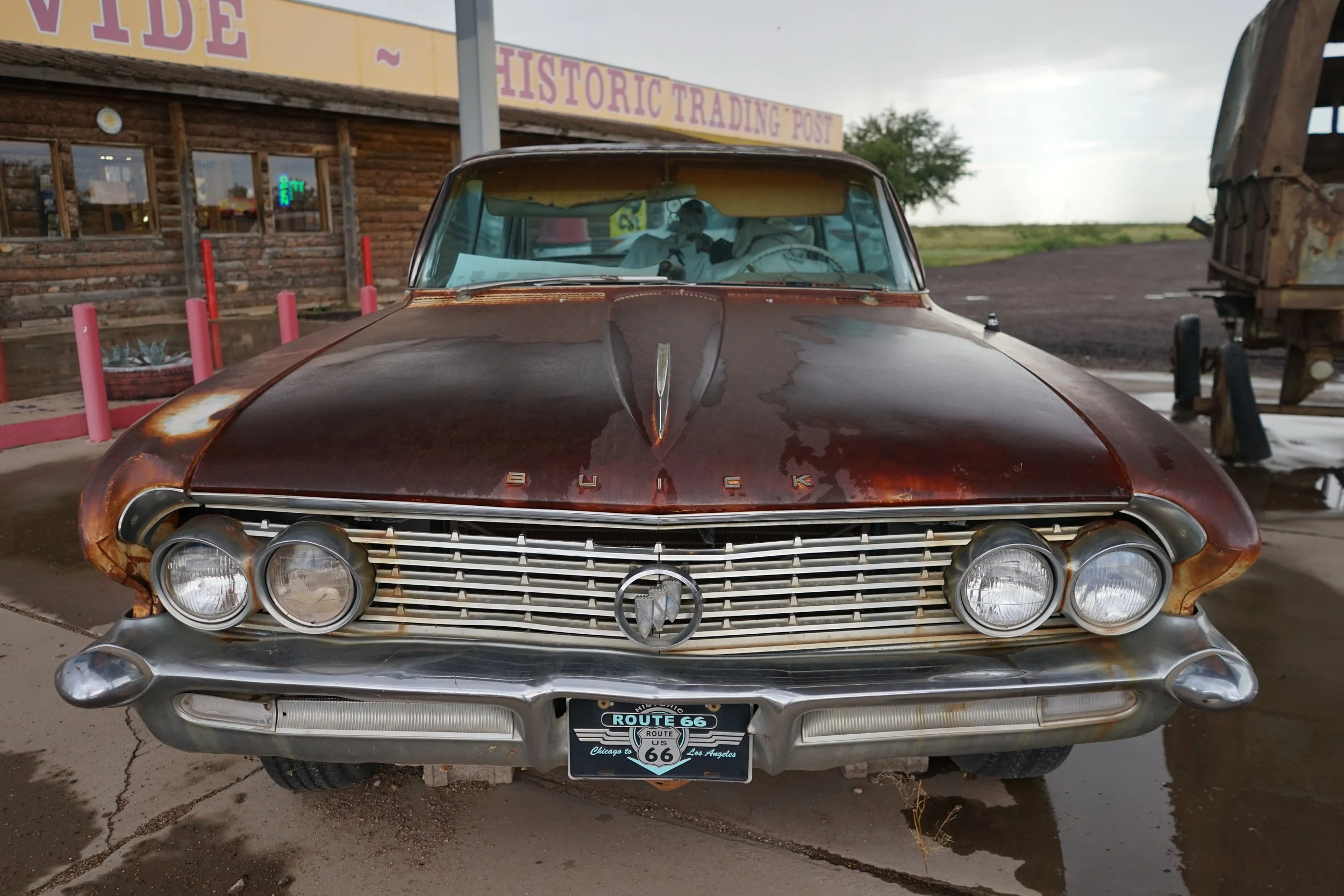Lobotomy Lab: Too Wide
Lobotomy Lab: Offering piercing insights into photography
A lot of people love wide angle lenses from Garry Winogrand, known for his street photography made with a 28mm lens to Alex Webb, who favors 28 and 35mm lenses to Magnum photographer Bruce Gilden, who is known to shoot almost exclusively with a 28mm lens, even Josef Koudelka and Daidō Moriyama were known for shooting theri early works with a 25mm lens. The list could go on but my point is many great photographers have long favored wide angle lenses especially in the 35, 28 and 24mm ranges, and I agree relying on 35 and 28mm lenses for most of my work. But what about wider lenses, I mean super wide or ultra wide lenses like 21mm lenses or 10mm fisheyes? These such lenses have existed for a long time and are often very affordable. Most are familiar with such lenses but not too many people seem to own one or have a lot of experience using them. Why is that when 28 and 35mm lenses are so loved but wider lenses seem to be forgotten?
This realm of wide and super wide lenses has always fascinated me. In this article I will limit the scope to 35mm film and APS and full frame digital gear. Over the years I have owned Voigtlander 15mm and 25mm lenses, an obscure Japanese Avenon (or Kobulux in some regions) 21mm lens. The funny thing is that I parted with all of the lenses, not for lack of use, but more for lack of love for them. While a wide lens can be very useful and a super wide can be useful in some instances, the returns seem to demolish very rapidly the wider you go.
One of the few photos I took on the Voitlander 15mm lens.
Looking back at the list of famous photographers mentioned at the beginning of the article, why do they all seem to stop around the 24mm range? Is it possible they knew something the average photographer does not know? Is it possible they used super wides for a time and some how evolved beyond them? Could it be purely a matter of style? I would say yes to all those questions on some level.
Let us take a quick look at history and examine when these lenses came into play and how long they have been around for. It is fruitless to debate who made the first super wide, or the most commercially viable, or the best. But they have been a common site on 35mm consumer and pro cameras since the 1950’s, and several examples date back further. Carl Zeiss seems to have lead the charge with a 21mm Biogon lens for its very popular pro Contax line, Nikon copied it with marginal improvements not long after and Canon followed a bit later with their own offering, Leica followed suit eventually. Even at this point of near ubiquity most makers held fast with 21mms being the ultimate extreme of wide. Many makers did not even make this benchmark, maxing out their range at 28mm or even 35mm. Much of this was due to technical limitations, but in time these limits were dealt with but the super wide never found much of an audience in the photography community.
From my personal experiences I can see why these lenses never really won over the masses. Super wide lenses are not easy to use. Yes zone focusing is easier the wider you go, but I have never cared for this method and have not met any (good) photographer who use this method. The old photographic standard advice has long been “fill the frame!” Easy with many lenses even 35 and 28mm lenses. But at 21mm it gets difficult, there is a lot of frame to fill and gettin close can still leave a lot of dead space. This is in a sense a catch 22, you want a wider frame to take in more of the scene but it is easy to go overboard and find your composition looking empty or too distant or oddly distorted. This aspect is something you probably can’t appreciate until you have used one of these lenses for a while in a number of different situations and seen how specific the super wise is to a certain look and style of shooting. Another aspect is the inescapable imperfections of all wide lenses, flaws made far more obvious in super wides, one being distortion is inevitable. While it may be smooth and subtle all wide lenses have a certain amount of distortion this makes things like photographing people especially close up, less than ideal. The subject will all too often have a disproportionate look, something that is generally unflattering.
A few of examples shot on an Avenon 21mm lens.
The opposite side of this coin is that super wides can be great for shooting large objects close up and they can be very useful for shooting indoors where space can be limited so you need to use all that is available to you. Landscapes are the most obvious example... but I feel many landscape photographers rely on telephoto lenses as much as wide lenses. These reasons are probably why so many super wide angle lenses have been produced over the last few decades, many casual photographers want a super wide landscape lens, and many working real estate photographers rely on super wide lenses. Once you leave these two realms of photography you see far more standard and telephoto lenses, yes wides are out there but super wides remain rare.
Oh yeah there are also fisheye lens. These fall firmly into the ultra wide category and paired with their signature quirky distortion and often hazy ore black corners are almost solely a gimmick, and one that gets old very fast. The less said here the better.
Like all too many things in the modern world cameras and lenses often fall into a trap of short lived consumer trends and overly aggressive marketing ploys hell bent on selling people things they don't need and never asked for. I can’t help but feel that these ultra wide lenses fall into that category. While they can be ‘fun’ that novelty tends to ware off fast when the images are examined and evaluated. After seeing the results many people are ready to move on to the next thing, the newest new thing! While the more outcome oriented will likely return back to the old tried and true gear that they have long relied on.
A pair I liked shot on the Avenon, but still I would argue too wide, I thin a 28mm would have done the same job better.
looking back at the lens companies I mentioned earlier in this article, YK Optics the maker of Avenon lenses which limited their entire line to a 21mm and a 28mm lens went out of business around 2001. Samyang still makes lenses but don't seem to make as many super wides as they did a few years ago. A similar trend seems to be true for Cosina, the maker of modern Voitlander lenses. The company's modern offerings seem to focus on 40, 35 and 28mm lenses. As an armchair economist would likely say; "the industry was forced to adapt to the demands of the market."
For me a 28mm lens is great, near perfect… for me at least. 35mm probably wins out for general usability, but it is a very close debate. I tried out the Avenon 21mm not too long ago hoping it would be a great lens to capture the open vistas of the American Southwest. I found this lens lacked the ability to respect a subject. Its ultra wide view seemed to push everything away making most photos feel impersonal. That coupled with its soft edges gave too many of the photos it produced a feeling of uncanny isolation. The opposite of what I was seeking.
When I do go wide 28mm is just what I need with an indisputable image quality and a decent aperture speed while being wide enough to take in a big chunk of the world. A 28mm lives on one of my Nikon rangefinder with 35mm lenses permanently mounted on others my Nikon FM2 is rarely without a 35mm the 28mm being only other stand in option. I still use other lenses with some frequency, but 24mms is about as wide as I can effectively use and thus justify buying.
I know some will rant and rave that they have only used ultra wide lens X for this or that, or for so many years on end and that could be true. However, I would ask them to ante up! Let us all see and let the results speak for themselves.
The one bright side to this argument is if you don't believe me just check out eBays selection of ultra wide 21, 15 and 10mm lenses. You have your pick of mount variations from Screw mount, M mount, F mount and almost all others. Most are very cheap especially when compared to their initial retail prices. Yes, I know it must be said... I could crop! BUT if I am going to crop half the images or more, the obvious answer of a less wide lens confronts me every time I open photoshop.
